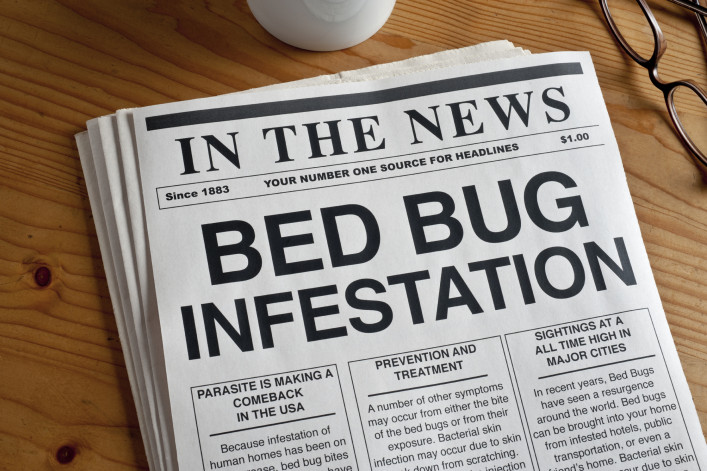Bed bugs differ by borough—and we’re getting closer to kicking them all out

We now have new insight into the genetic makeup of the bloodsucking insects that populate the nightmares—and unfortunately, some of the homes—of New Yorkers. Business Insider reports that researchers from a number of institutions, including the American Museum of Natural History, recently completed a collaboration to sequence the bed bug genome. Among their findings is that there are different types of the parasite—that is, a Bed-Stuy bed bug is not quite the same as a critter from Corona.
The study’s researchers began by examining DNA samples taken from 1447 locations throughout the city to map its microbial diversity, the results of which were published last year. They were able to drill down and look at the results for bed bugs, which led to the discovery that Manhattan's pests are genetically distinct from the Bronx's.
While interesting, a far more useful and encouraging finding is the possibility for creating stronger defenses against infestations. These insects have been with us for centuries, proliferating as humans gained the means to travel, but infestations became particularly severe beginning in the 1900s.
The study’s authors attribute the hastening of the spread of bed bugs to air travel and better-heated homes; the critters love warm habitats and can now stay active year-round. Another problem is the difficulty in spotting them, and the fact that not everyone suffering an infestation has visible bites, and therefore may not realize they’re sharing their beds with uninvited guests.
No wonder they evoke such dread: They're resilient, difficult to identify, and hard to eradicate. The bed bug clearinghouse Bedbugger.com, for instance, includes a forum full of panicked users posting photos and begging for help in identifying bugs, bites, and other findings that might be evidence of the insect.
The good news is that studying bed bugs at the microscopic level, the study’s authors say, will “aid in understanding the origin, development and genetic basis of resistance to insecticides.” Know thy enemy, in other words: The better our understanding of how bed bugs work, the better our chances at developing more effective methods of eliminating them, and kicking them out of our homes for good.
Related:
Renters: know your bed bug rights
Inside the world of bed bugs (and also, how to deal with them)






















